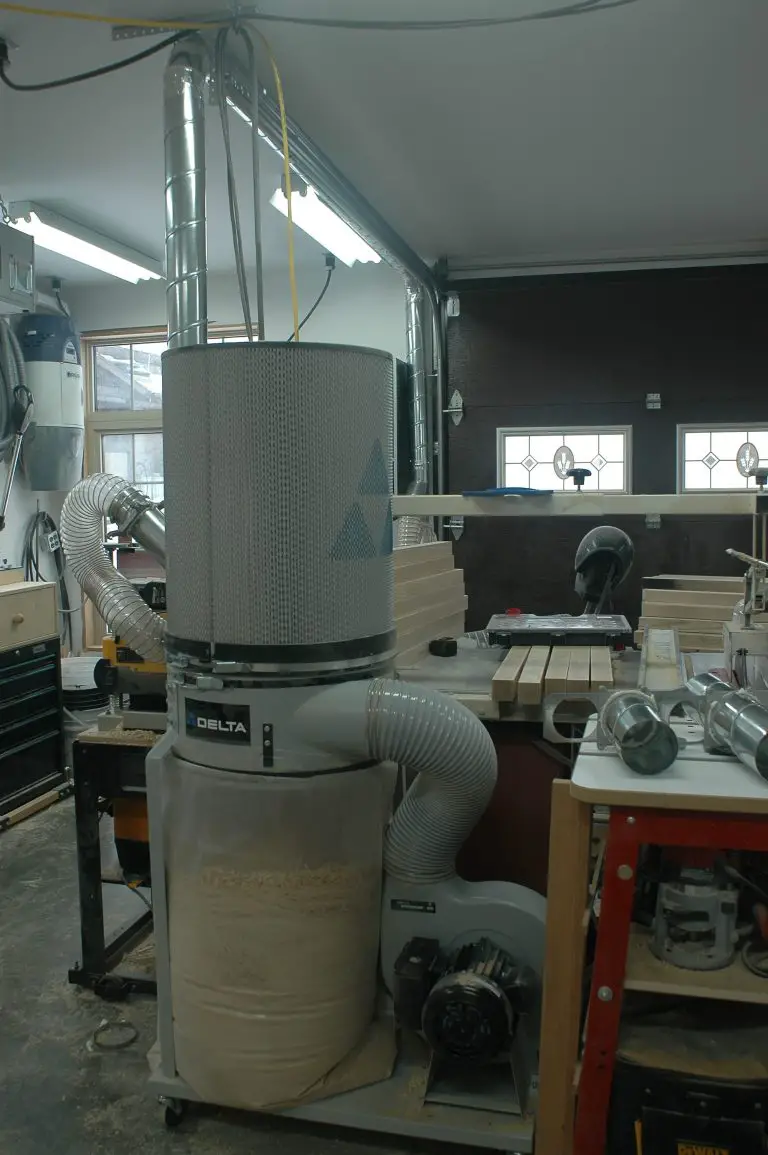- Video Watch Time = 4 minutes
Question: I recently bought a benchtop wood planer and have been happily generating bags and bags of sawdust in my workshop. Trouble is, I just found out that my municipality doesn’t accept sawdust as garbage. How can I dispose of it properly?
Answer: Sawdust and wood shavings aren’t okay as garbage where I live either, but I’ve found that they’re useful for mulching and composting in the garden. Wood dust and shavings from almost any species can be used, with the exception of black walnut, which contains a plant-suppressing substance called juglone. Other than that, I use wood shavings at my place as a surface mulch, and also as part of the material I put into my large, two-sided compost bin. Mixed with grass clippings and sprinkled with nitrogen-rich fertilizer, wood waste breaks down in a couple of years. If you make more shavings than you can handle, perhaps you can find a farmer who’ll take it. Most manure piles can use more carbon, and wood waste is an excellent source of this element. Also, sawdust spread thinly around the forest floor disappears in no time.
Since you’ve now got a planer, you might find it useful to learn about tips for keeping it cutting well. You’ll need to learn to change blades and keep the planer bed waxed and slippery. Maintenance isn’t troublesome, but you do need to do things from time to time
Click the window below to watch a video tour of thickness planer maintenance I made back in 2008. I still have this same planer and it’s still working great.











